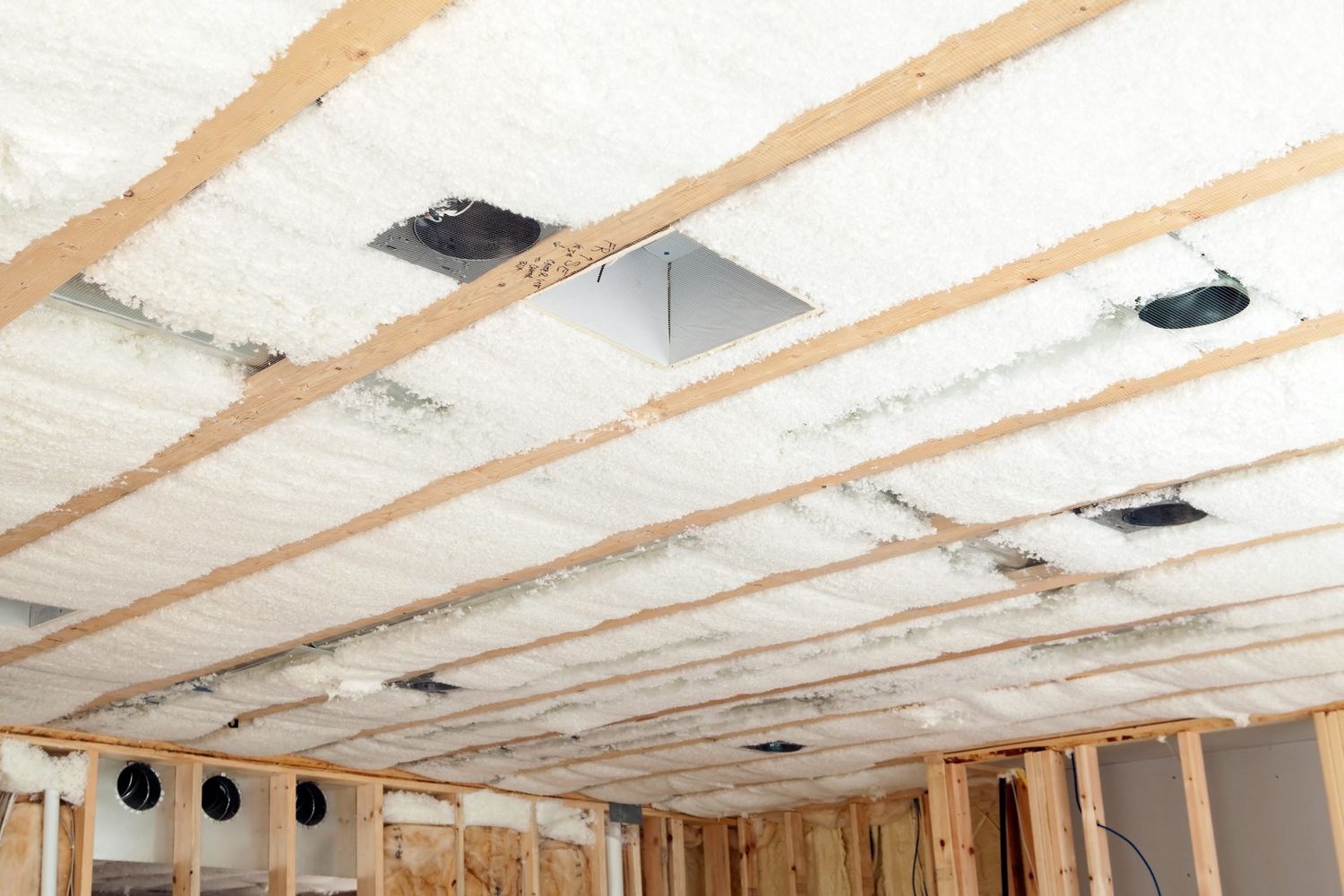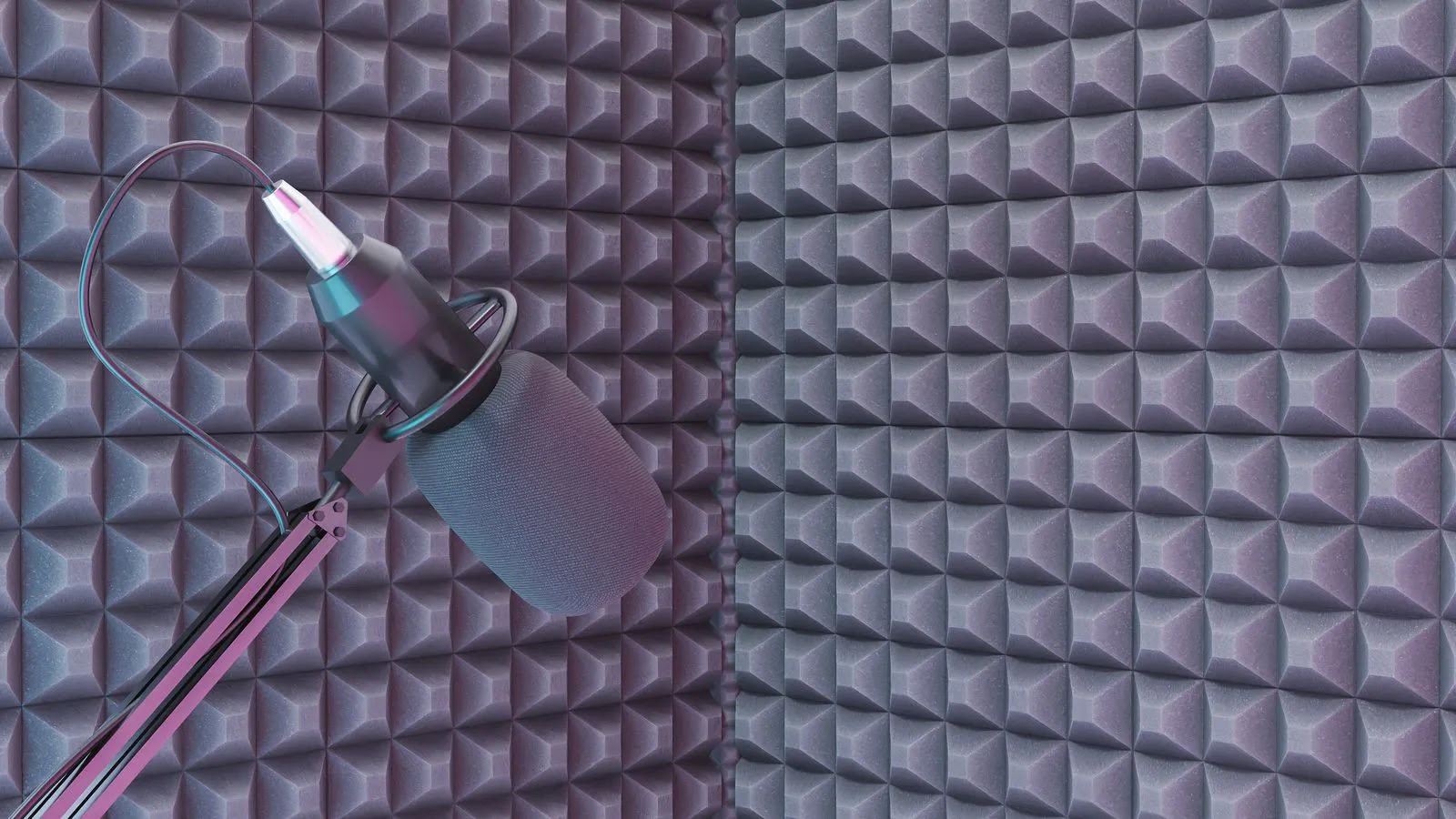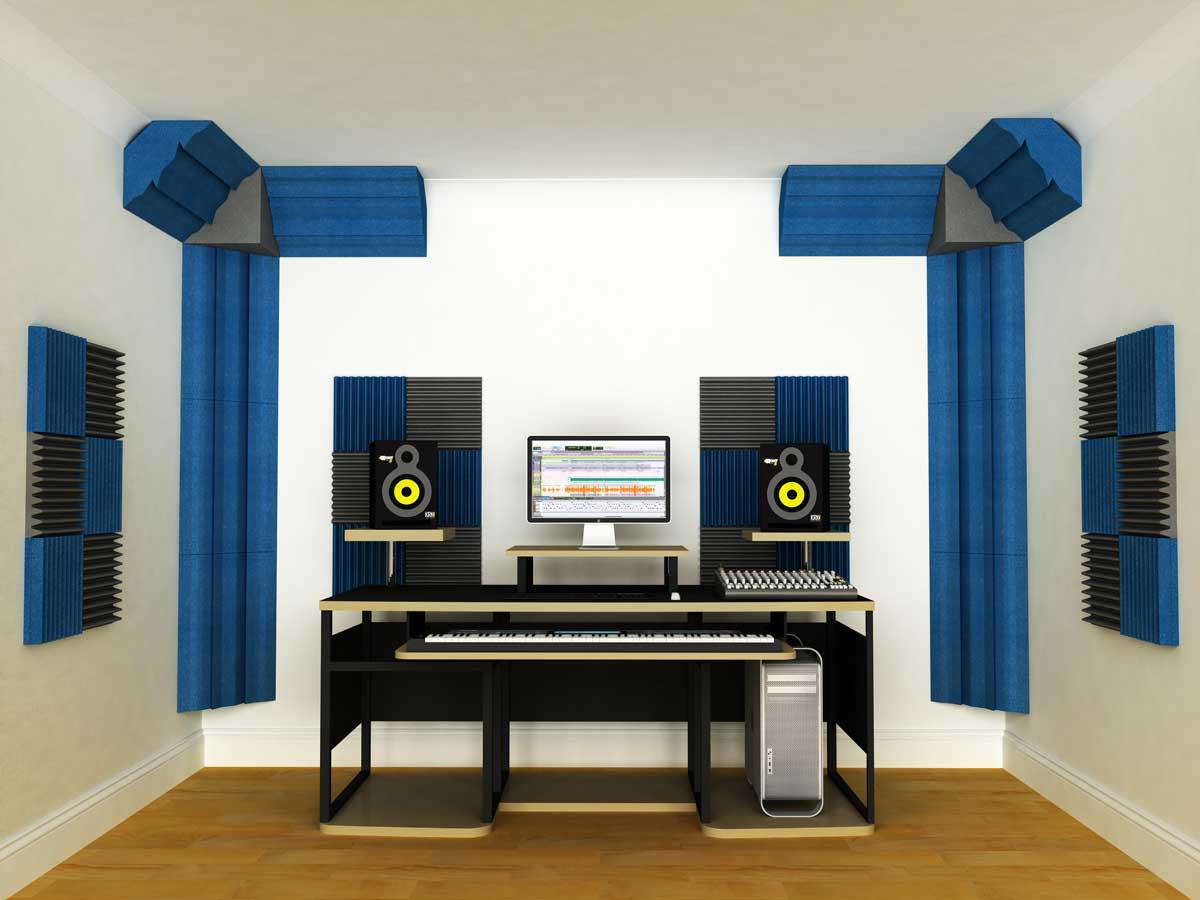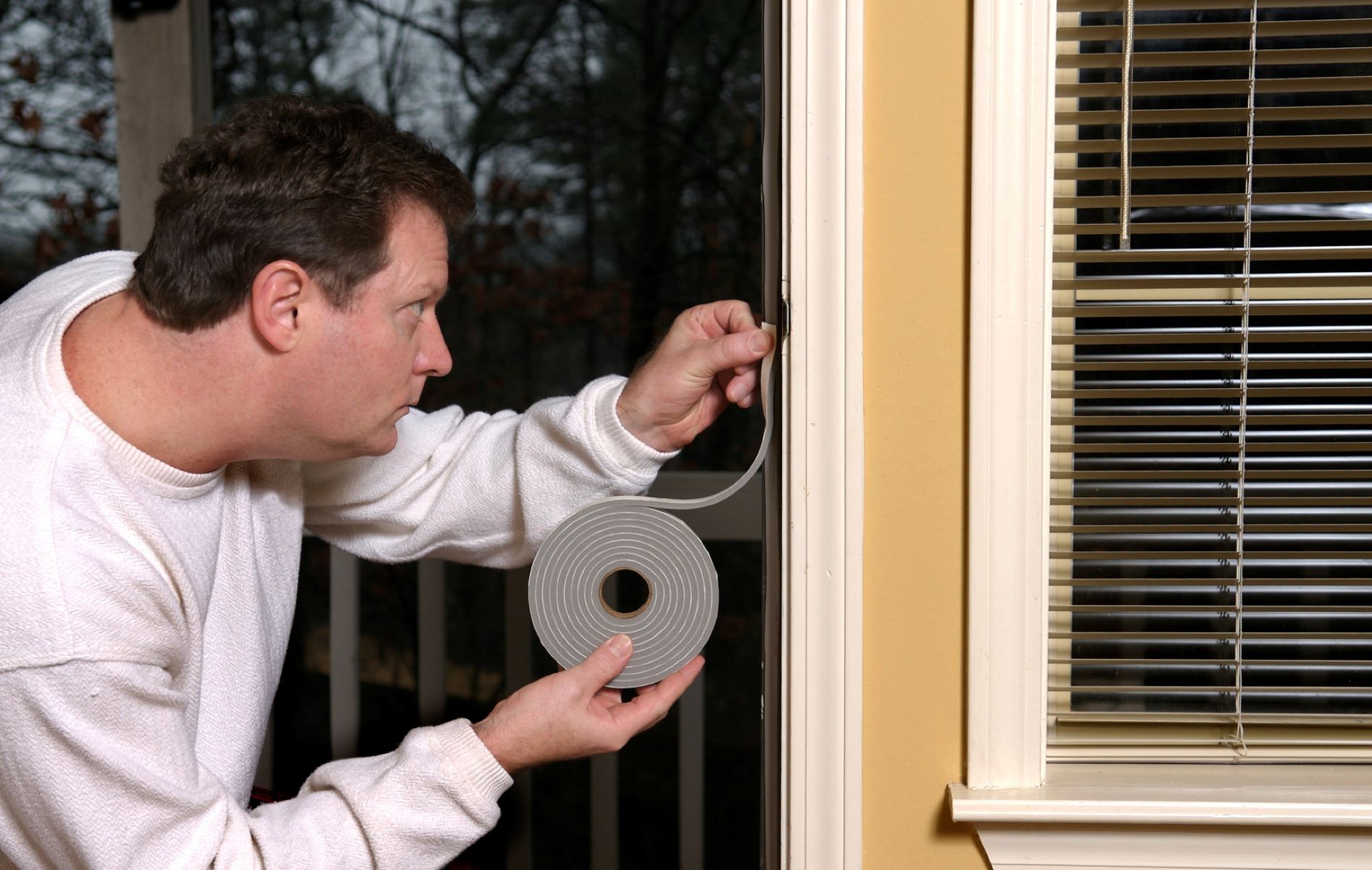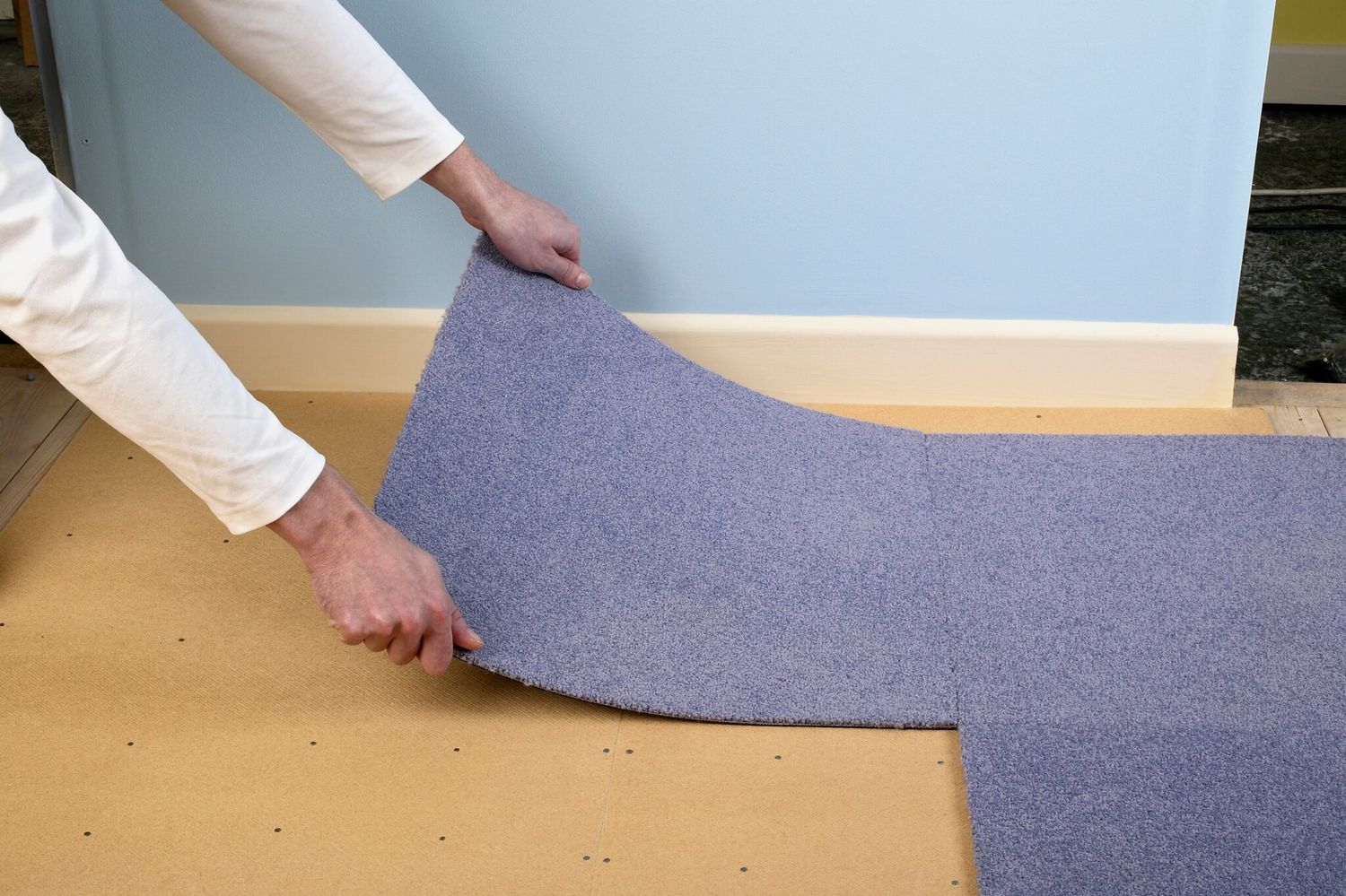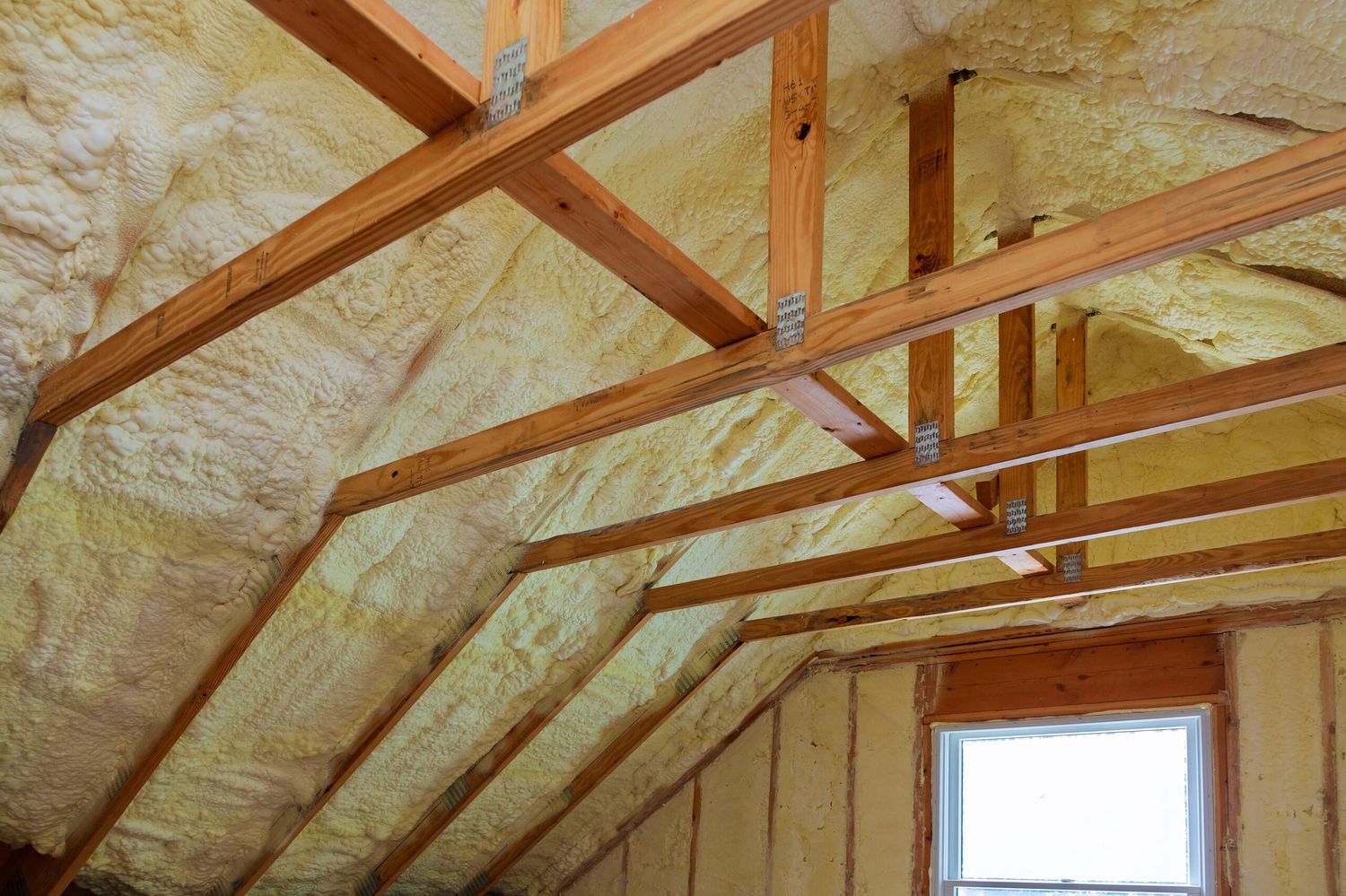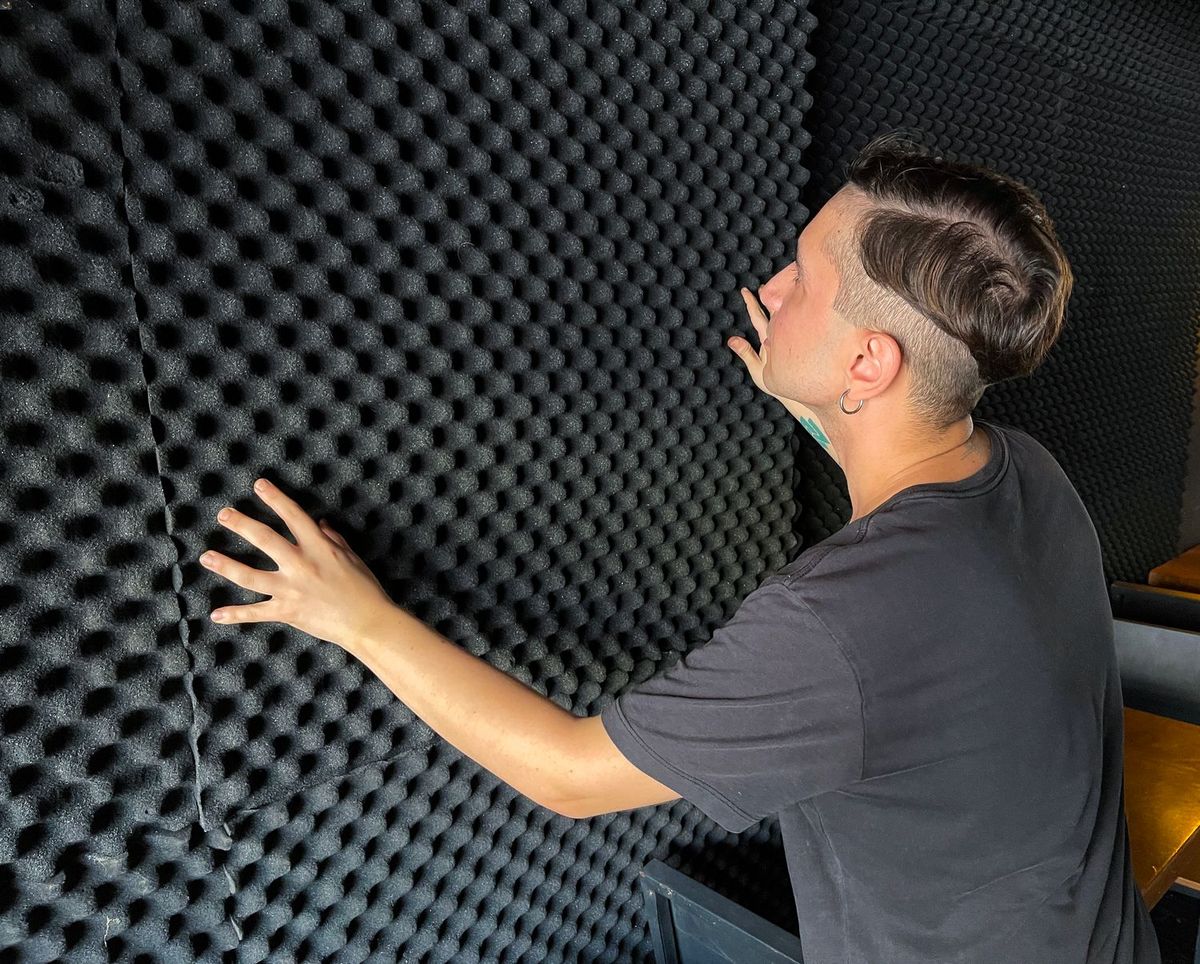Home>Production & Technology>Soundproofing>What Is The Best Drywall For Soundproofing?


Soundproofing
What Is The Best Drywall For Soundproofing?
Published: January 26, 2024
Looking for the best drywall for soundproofing? Learn which types of drywall are most effective in reducing noise and improving acoustics.
(Many of the links in this article redirect to a specific reviewed product. Your purchase of these products through affiliate links helps to generate commission for AudioLover.com, at no extra cost. Learn more)
Table of Contents
Introduction
In an increasingly noisy world, finding peace and tranquility within our own spaces is becoming more important than ever. Whether it’s in a residential setting, office environment, or a recording studio, soundproofing is a crucial consideration. One of the most common and effective ways to reduce unwanted noise is through the use of soundproofing materials, and drywall is an essential component of any soundproofing project.
Drywall, also known as plasterboard or gypsum board, is a widely-used building material known for its versatility and affordability. Typically used to create walls and ceilings, drywall can also play a significant role in soundproofing by reducing sound transmission between rooms or from external sources.
In this article, we will explore the acoustic properties of drywall, the different types of drywall available for soundproofing purposes, the role of Green Glue compound in enhancing soundproofing capabilities, and various soundproofing techniques that can be implemented using drywall.
So, if you’re looking to create a quieter and more peaceful environment, whether it’s for improved productivity, better sleep, or a professional recording space, read on to discover the best drywall options for soundproofing.
Acoustic Properties of Drywall
Before diving into the different types of drywall specifically designed for soundproofing, it’s important to understand the inherent acoustic properties of standard drywall. Drywall alone can provide some level of sound insulation due to its composition.
The basic construction of drywall involves a layer of gypsum sandwiched between two layers of paper. This configuration helps to reduce sound transmission to a certain extent. The thick gypsum core acts as a barrier, absorbing and dampening sound vibrations, while the paper layers help to strengthen the overall structure.
However, it’s important to note that while standard drywall can provide a modest level of sound insulation, it may not be sufficient for environments where significant noise reduction is required. In such cases, specialized soundproofing techniques and materials will need to be implemented.
It’s also worth mentioning that the thickness of the drywall can have an impact on its soundproofing capabilities. Thicker drywall, such as 5/8-inch or even double-layered drywall, can provide better sound insulation than the standard 1/2-inch options.
Furthermore, the density of the drywall can also play a role in its acoustic performance. Certain types of drywall, such as high-density or soundproof drywall, have a denser core that helps to block sound more effectively.
Overall, while standard drywall does offer some level of sound insulation, it may not be sufficient for more demanding soundproofing applications. That’s where specialized soundproofing drywall and techniques come into play, which we’ll explore in the following sections.
Types of Drywall for Soundproofing
When it comes to soundproofing, not all drywall is created equal. There are specific types of drywall designed to enhance sound insulation and reduce noise transmission. Let’s take a look at some of the most common types:
- Soundproof Drywall: Soundproof drywall, also known as acoustical or quiet rock drywall, is specially manufactured to provide optimal sound insulation. It features multiple layers of gypsum with a viscoelastic polymer sandwiched in between. This unique composition helps to significantly reduce sound transmission, making it an excellent choice for spaces where noise reduction is a top priority.
- QuietRock Drywall: QuietRock is a brand of soundproof drywall that is widely recognized for its exceptional soundproofing capabilities. It is available in various thicknesses and is often used in commercial settings, recording studios, and home theaters.
- Double-Layer Drywall: As the name suggests, double-layer drywall involves installing two layers of standard drywall with a soundproofing compound in between. This technique helps to increase the mass and density of the wall, effectively reducing sound transmission.
- Green Glue Compound: Green Glue compound is not a type of drywall itself, but rather a soundproofing material applied between layers of drywall. It is a viscoelastic compound that converts sound energy into heat, effectively dampening vibration and reducing noise transmission. When used in conjunction with standard drywall, Green Glue can significantly enhance the soundproofing capabilities of the wall.
It’s important to note that while these types of drywall can greatly improve sound insulation, they should be used in conjunction with other soundproofing techniques for optimal results. This may include sealing air gaps, adding insulation in the wall cavities, and using resilient channels to decouple the drywall from the frame.
Now that we have explored the different types of drywall available for soundproofing, let’s take a closer look at the Green Glue compound and its role in enhancing soundproofing capabilities.
Green Glue Compound
When it comes to enhancing the soundproofing capabilities of drywall, the Green Glue compound is a popular and effective choice to consider. Green Glue is a viscoelastic compound that is applied between layers of drywall or other building materials. Its unique properties enable it to convert sound energy into heat, effectively reducing vibration and noise transmission.
The Green Glue compound is typically applied in a layer between two sheets of drywall during the installation process. When the compound is sandwiched between the layers, it forms a flexible and damping barrier that absorbs and dissipates sound vibrations. This can significantly improve the soundproofing capabilities of the wall, reducing the intensity of noise transmitted through it.
What sets Green Glue apart from other soundproofing materials is its ease of use. It is supplied in tubes or buckets and can be easily applied with a caulking gun or roller. This means that it can be easily incorporated into any soundproofing project, whether it’s a home renovation, office space, or recording studio.
In addition to its effectiveness and ease of use, Green Glue is also environmentally friendly. It is made from sustainable and low-VOC (volatile organic compounds) materials, making it a preferred choice for those who prioritize eco-conscious products.
It’s important to note that while Green Glue can significantly enhance the soundproofing capabilities of drywall, it is most effective when used in conjunction with other soundproofing techniques. This can include using specialized soundproof drywall, sealing air gaps, and adding insulation in the wall cavities.
By incorporating Green Glue compound into your soundproofing project, you can take a significant step towards achieving a quieter and more peaceful environment.
Soundproofing Techniques with Drywall
Drywall is a versatile material that can be used in various soundproofing techniques to create a more peaceful and isolated space. Here are some effective soundproofing techniques utilizing drywall:
- Double-layered Drywall: One of the simplest and most effective techniques is to install double layers of drywall. By adding an extra layer of drywall with a soundproofing compound like Green Glue in between, you can significantly improve sound insulation. The additional mass and density of the double-layered drywall will help to reduce the transmission of sound vibrations.
- Resilient Channels: Resilient channels are designed to decouple the drywall from the base structure, mitigating sound transmission. These metal channels are attached horizontally or vertically to the existing wall or ceiling studs. The drywall is then attached to the resilient channels instead of directly to the studs. This helps to create an air gap between the drywall and the structure, reducing sound transmission through the wall or ceiling.
- Soundproofing Insulation: Adding insulation in the wall cavities can enhance the soundproofing capabilities of drywall. Materials like mineral wool or cellulose insulation have excellent sound-absorbing properties that can help reduce noise transmission. Insulation can be installed between the studs before attaching the drywall, effectively adding a layer of sound insulation.
- Sealing Air Gaps: Sound can easily travel through even the tiniest gaps or cracks. To ensure maximum soundproofing, it’s important to seal any air gaps or openings around outlets, windows, doors, and baseboards. This can be done using acoustic sealants or weatherstripping materials to create an airtight seal and prevent sound leakage.
When implementing these soundproofing techniques, it’s important to consider a holistic approach. Incorporating multiple techniques together can provide optimal results by addressing different aspects of sound transmission and absorption.
Additionally, it’s worth mentioning that the positioning and layout of the drywall can also impact soundproofing effectiveness. Identifying the sources of noise and strategically placing soundproofing materials accordingly can help create designated soundproof zones within a space.
By applying these soundproofing techniques with drywall, you can create a quieter and more peaceful environment, whether it’s in your home, office, or any other space that requires noise reduction.
Conclusion
When it comes to soundproofing, drywall is a crucial component in creating a quieter and more peaceful environment. While standard drywall provides some level of sound insulation, specialized options like soundproof drywall, double-layered drywall, and the use of Green Glue compound can significantly enhance the soundproofing capabilities.
Understanding the acoustic properties of drywall, such as its thickness and density, can help in selecting the appropriate type for specific soundproofing needs. Combining these specialized drywall options with other soundproofing techniques like resilient channels, soundproofing insulation, and sealing air gaps can further enhance sound insulation and reduce noise transmission.
It’s important to note that soundproofing is a complex process that requires careful planning and consideration of various factors, including the source of noise, the desired level of sound insulation, and the budget. Consulting with a professional or soundproofing expert can help in determining the most effective soundproofing strategies for specific requirements.
In conclusion, investing in soundproofing techniques with drywall is a worthwhile endeavor for anyone seeking to create a more peaceful and isolated space. Whether it’s for residential, commercial, or professional purposes, the right combination of drywall options and soundproofing techniques can significantly reduce noise transfer and enhance overall comfort and productivity.
So, when embarking on a soundproofing project, don’t overlook the importance of drywall and explore the different options available to create a space that is truly serene and free from unwanted noise.

